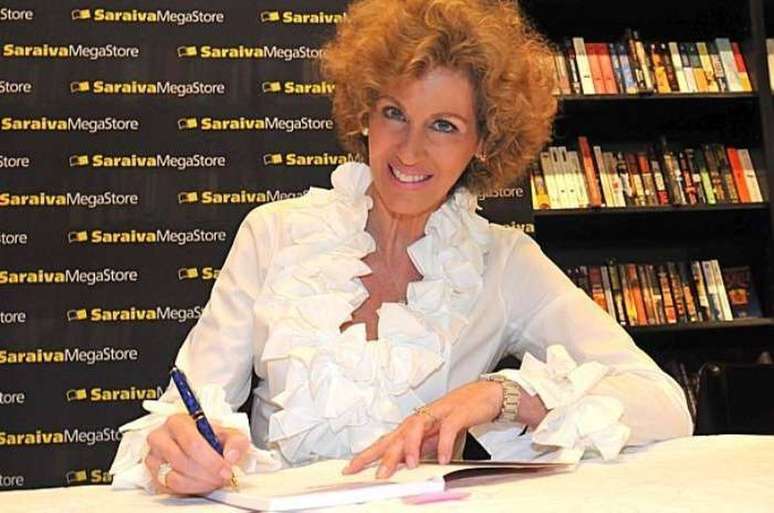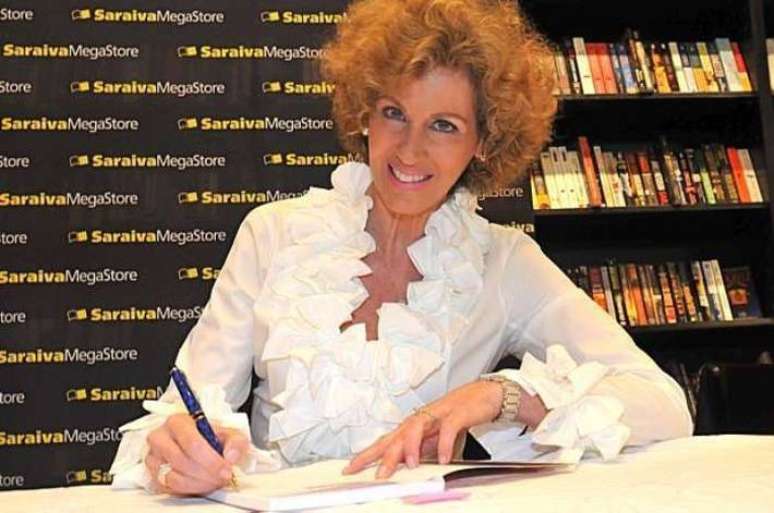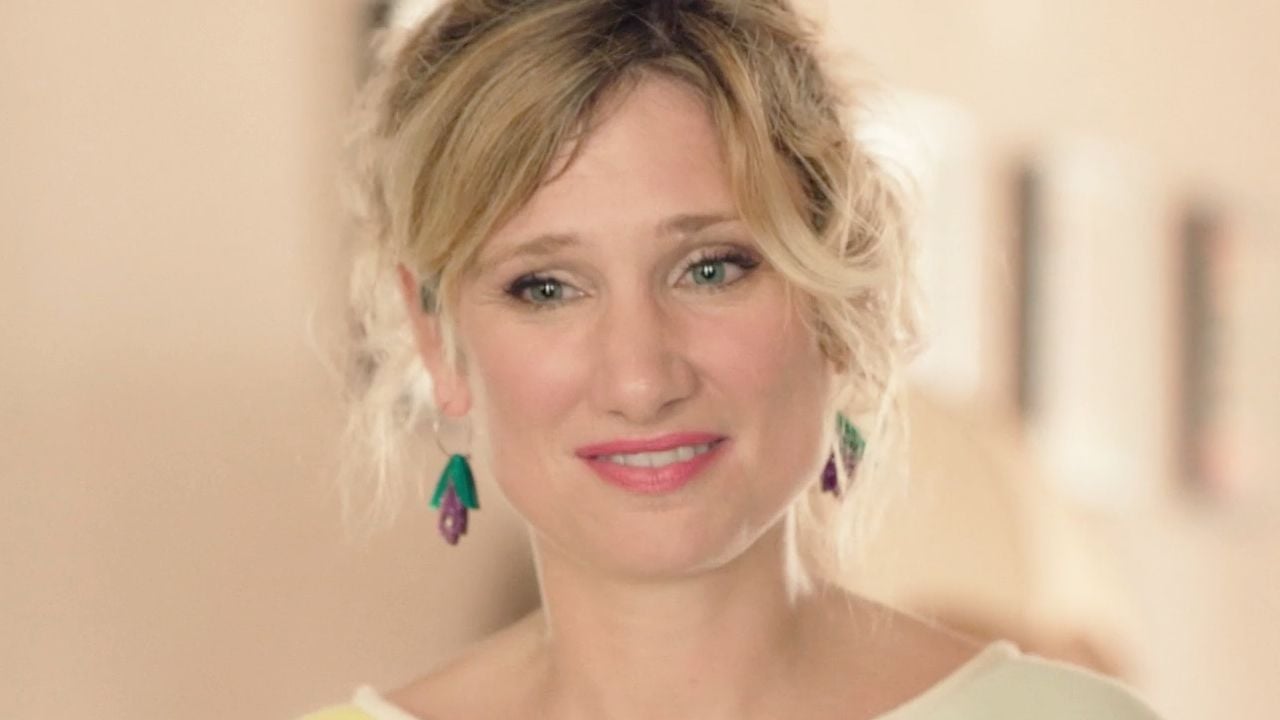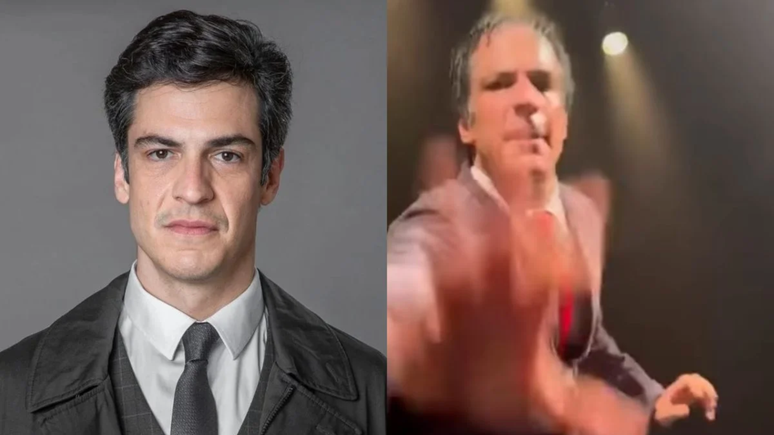Multiparentality is an expression of affection and solidarity in the legal field; but not everything flourishes in the daily life of families where there seem to be more adults than children
It is not from today that I comment on the expansion of the concept of family. The laws abandon the patrimonialist vision and accompany the evolution of the multiform family configurations from a new lens: affection. Put like this it seems like a mere observation. But anyone who pays a little more attention to the consequences, in people’s daily lives, will realize that giant steps have been taken in the direction of keeping up with new behaviors. What is announced, therefore, is the possibility of greater protection of the laws for each individual who makes up a family group.

Let’s get down to business: for at least three decades, episodes such as divorces and separations have been relatively frequent. Nowadays, people marry and separate, on “paper” or not, countless times. Not that it’s easy; we all know that people suffer from separation, especially children and young people. For this reason, family members usually act, or should act, in a way that minimizes emotional impacts. After the decision to remarry, the relationship between children and stepfathers or stepmothers – the so-called socio-affective parents – represents a great challenge for new families.
It’s not that easy to contain disagreements between adults. Opinions abound about the child, the best education to offer, and habits to develop. “Concerns” of this kind prove to be a smokescreen to hide and justify accusations and intransigence among adults. Cases, for example, of parental alienation are not rare. This happens when the custodial parent—or other family members or current partner—realizes that she can in some way hinder the other parent’s influence in the child’s life.
To give you an idea, the law n. 12.318 of August 2010, known as the parental alienation law, foresees and punishes acts such as the continuous campaigns aimed at disqualifying the conduct of parents in the exercise of parenthood; create difficulties for the exercise of parental authority or cohabitation between parent and child, or omit relevant information about the child, such as the new address or school status; among other actions in which, it is perceived, the lack of common sense is total.
On the other hand, when consensus is actually sought for children, the challenges are, shall we say, milder. How to organize life when the biological father is far away and the socio-affective father is the one he educates? Or when the socio-affective mother creates strong ties with the children born from her husband’s previous marriage and, many times, assumes the duties of the biological mother?
In practice, situations are complicated when it comes to entering dependents into the health plan or income tax; or situations such as authorization for a trip abroad, or even the correspondence from the school that arrives with a name – that of the father, for example – when the stepfather has been attending these types of appointments for years. It is with this in mind that many stepfathers or stepmothers have resorted to including their surnames in their stepchildren’s full names. Often with the expectation of the interested parties themselves, children and young people.
In this regard, the jurisprudence has indicated an unprecedented solution: the possibility of entering the surname of the stepfather or stepmother and keeping the surname of the biological father or mother. In some cases there is their consent, but based on their absences the judge will be able to provide them, issuing a sentence in favor of their inclusion. It is undoubtedly a sort of recognition and reaffirmation of the emotional bond and responsibility of socio-affective parents, with the solidarity of biological parents.
But there is something even more radical within what the law currently calls multiparentality. Among some cases already reported, I point out that of the young Augusto Guardia, 19 years old, whose biological mother died in childbirth. When he was two years old, his father remarried and it was his stepmother, the lawyer Vivian Medina Guardia, who raised him. Thus Guardia had a father, two mothers and six grandparents. What did the Court of Justice of São Paulo do last year? He authorized the addition of Vivian’s full name as the mother on Augustus’ birth certificate. That’s right: the young man now has two mothers and a father, officially. In this case what is unusual was the maintenance of the two maternal names, a fact which was in a certain sense unthinkable some time ago, when in order to register a father or a mother it was necessary to exclude the other name.
In the short term, the solution seems to benefit everyone, as it offers legal support to children living in multi-parent households. In the long run, and some readers have probably already thought about it, some consequences could ensue. One concerns inheritance rights. For example, in the already known cases of children with double father or double mother names, can we think of the possibility that they could become heirs of both? But how will this process take place later, taking into account the entire family circle? It should be remembered that, in this case, we are talking about children and young people who have actually acquired another mother or another father on the birth certificate. And what about surnames, will they be a guarantee for inclusion in inheritance rights and more? These are some of the doubts that hover over the desks of legal practitioners, without having, for the moment, an immediate answer.
As you can see, postmodern families are a veritable treasure trove of surprises.
*Ivone Zeger is a lawyer specializing in family and inheritance law. PhD student in Civil Law at the Faculty of Law of the University of Buenos Aires – UBA. She is the author of the books Inheritance: questions and answers, Family: questions and answers AND LGBTI law: questions and answers. Youtube: https://www.youtube.com/@ivonezeger4555
Source: Terra
Rose James is a Gossipify movie and series reviewer known for her in-depth analysis and unique perspective on the latest releases. With a background in film studies, she provides engaging and informative reviews, and keeps readers up to date with industry trends and emerging talents.


![Un Si Grand Soleil preview: Thursday 16 October 2025 episode recap [SPOILERS] Un Si Grand Soleil preview: Thursday 16 October 2025 episode recap [SPOILERS]](https://fr.web.img6.acsta.net/img/23/e8/23e803cee5b560481303033f6e86fd7e.jpg)




